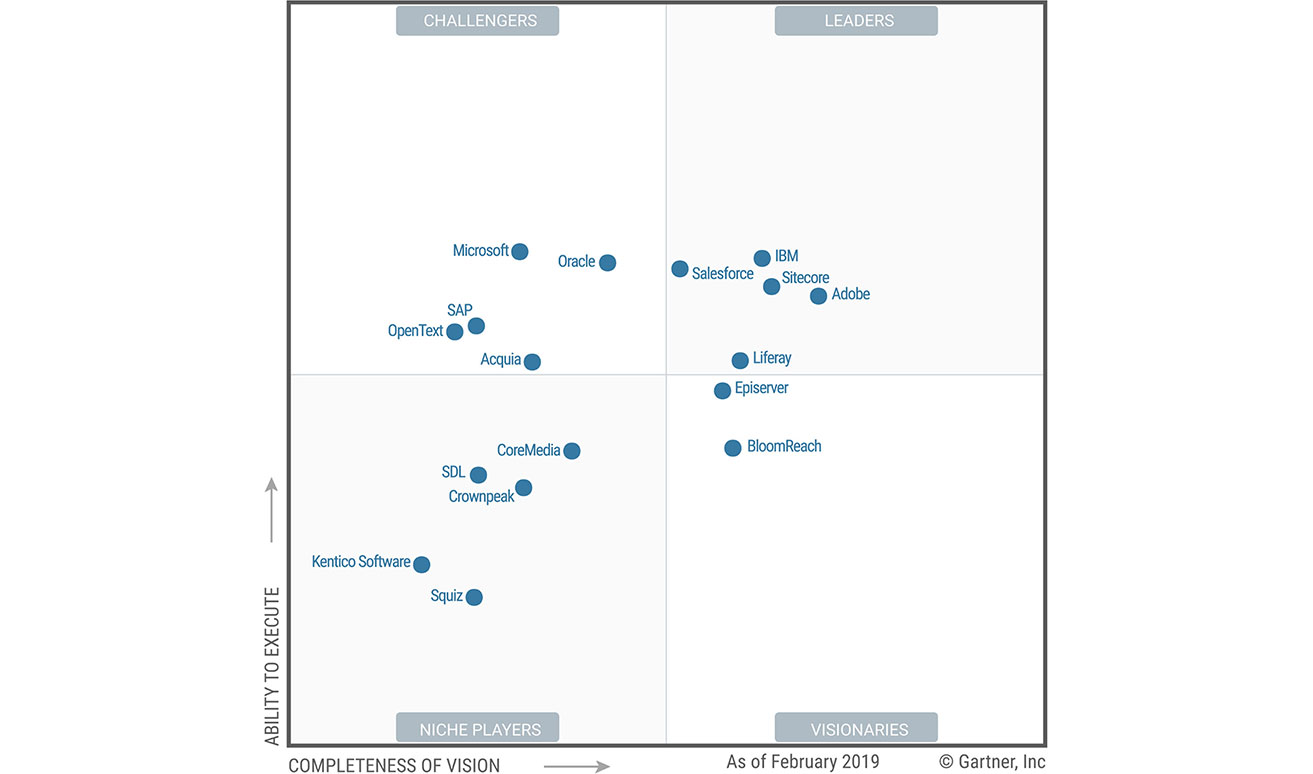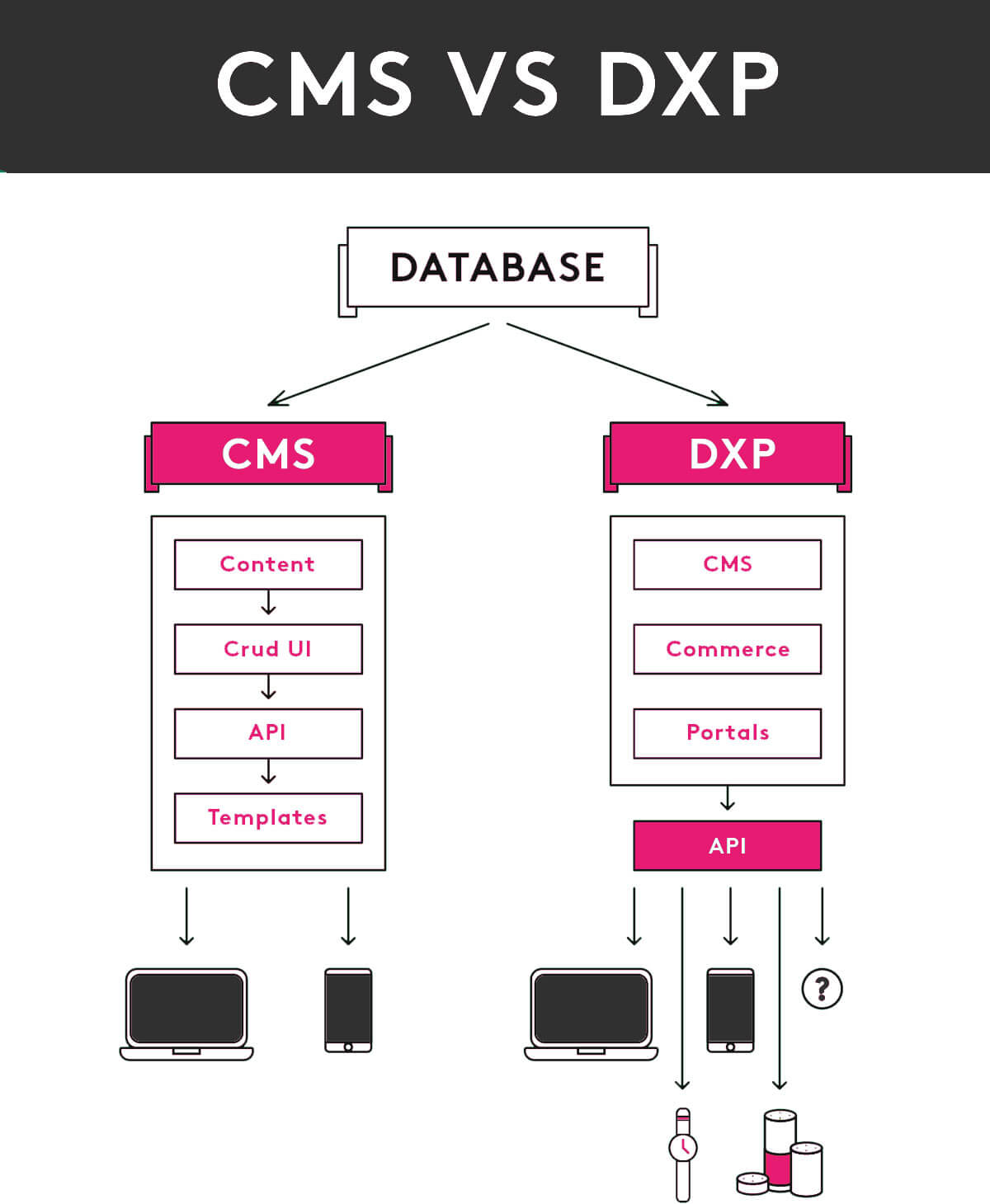Insights
28 February 2025
Insights
.jpg)
Just like many other IT-based topics, finding meaning in a name can be quite a challenge. For example, let's think about the term 'Hard Drive'. The name does not reflect its function, but once you begin to understand what a hard drive is capable of, doors begin to open regarding how it can be used.
The same can be said about a Digital Experience Platform, or DXP for short.
On the surface, a DXP sounds like a fantastic way for an organization to provide customers with a unique experience online. However, this would imply those within the organization would not reap the benefits of the DXP the way customers would.
This may seem like a difficult concept to grasp, so let's take a look at how a DXP is defined by Gartner, the global research and advisory firm.
Not too long ago, Gartner set out to give the digital world a standard definition for the DXP. According to the global research and advisory firm, a DXP is " an integrated set of technologies and processes that support composition, management, delivery and optimization of customer experiences across all touchpoints of the customer journey. ‘Customers’ are broadly defined as consumers, partners, employees, citizens, suppliers, etc. DXPs support multiple use cases, such as B2B, B2C and B2E."
Breaking this definition down into Layman's terms, a DXP is a platform made for anyone inside (employees) and outside (customers) an organization, providing a personalized experience for each individual across various digital channels.
Gartner's intrigue in DXPs goes beyond defining it. Over the past few years, Gartner has been placing the leading DXP solutions within their own magic quadrant, making it easier for buyers to understand and find the solution they want based on their own needs.
The Gartner MQ for Digital Experience Platforms positions vendors in a graph by four quadrants: Leaders, Challengers, Visionaries and Niche Players. The positions are based on an extensive set of criteria that measures a vendor’s completeness of vision and ability to execute.

Although there is an overlap, DXPs go far beyond the capabilities of a typical CMS. In fact, as the DXP trend continues the grow, CMSs continue to blur the lines between both platforms and will go on to take the shape of capable DXPs.
However, knowing the difference between the two can shine a light on what holds back a CMS in today's digital world, as well as how DXPs can help transform a business from a content provider to a digital powerhouse.
.jpg)
Content Management System (CMS)
Content Management Systems, also known as a CMS, help organizations and individuals manage, create, and track content — typically just for their websites and applications. This content can take the form of several different media types including, images, video, and written content. Typically, your CMS makes up the backend of your site, which will then push your content to the front-end that your visitor sees.
Digital Experience Platform (DXP)
Digital Experience Platforms (DXP) have grown out of the limitations posed by CMS in regards to crafting and managing in-depth customer experiences. Since DXP has come into being off the back of the classic CMS there is going to be some overlap between the two, in terms of content creation and asset management.
A DXP is equipped to handle content and asset management on a large scale. For example, with a DXP you’re able to sync, manage, and push content across verticals likes web, kiosks, billboards, customer portals, IoT devices, and more.
Plus, a robust DXP will be able to help brands launch eCommerce projects, establish intranets and manage multiple microsites with multitenancy — with ease. A traditional CMS, on the other hand, would struggle to do all of that without significant investment and development time.